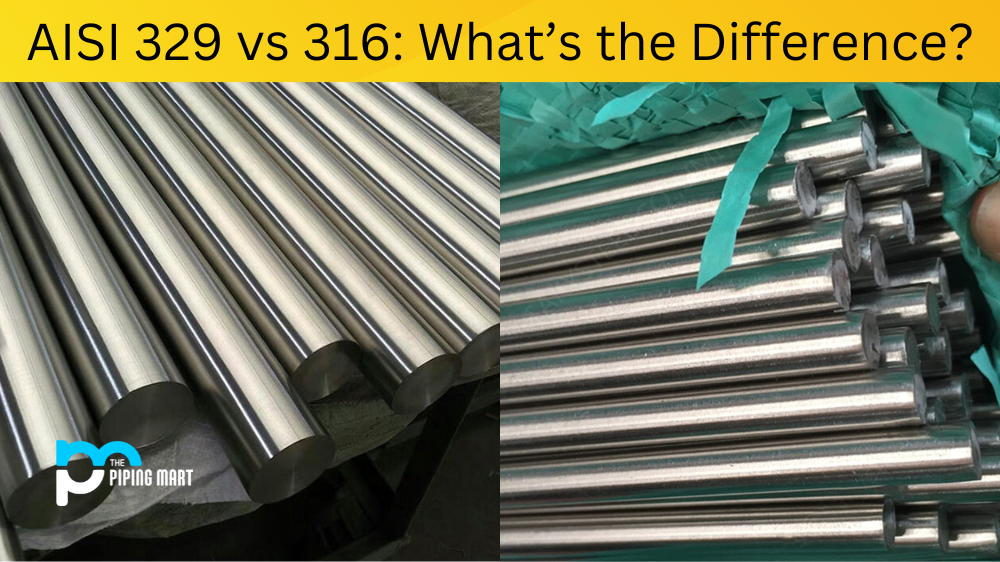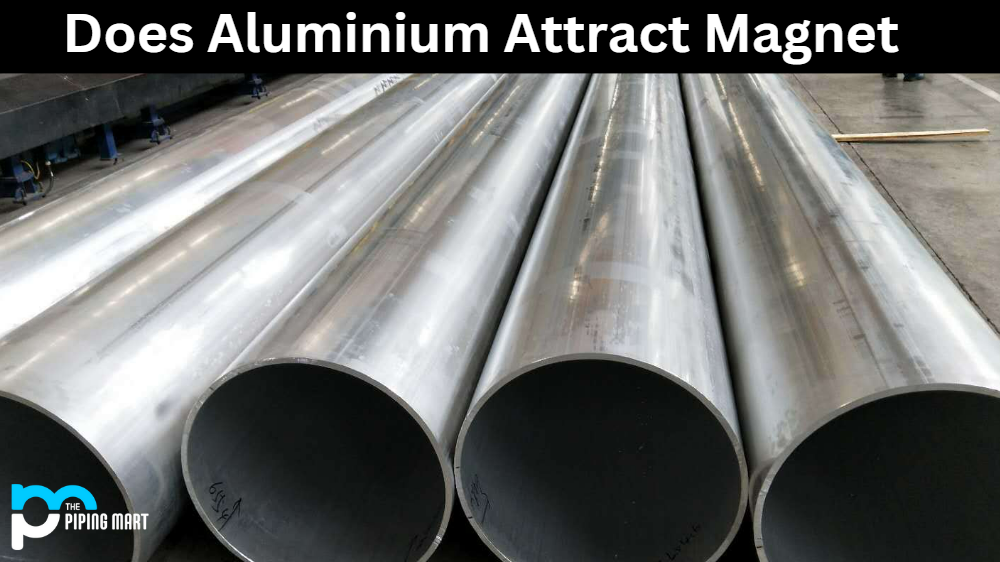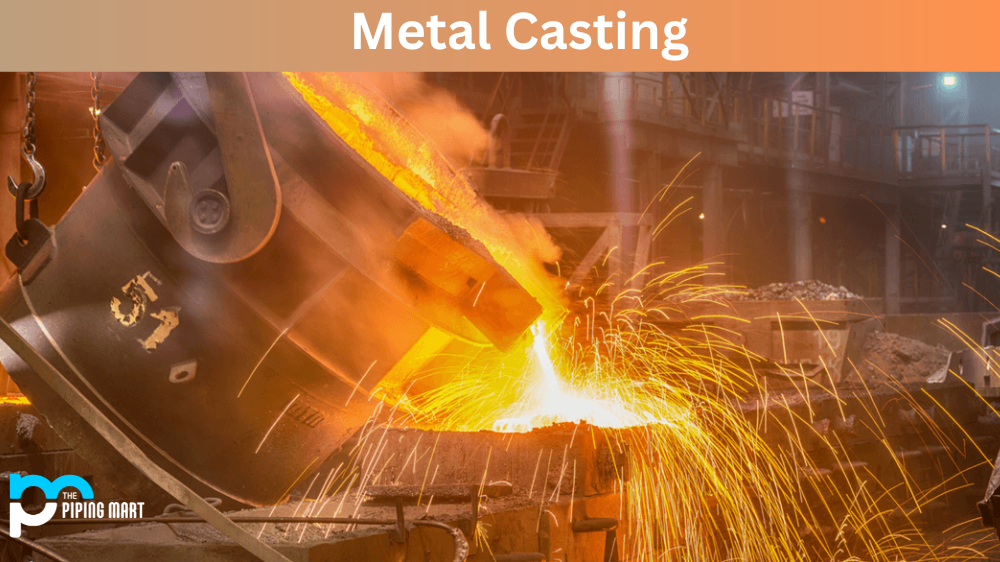If you work in the engineering or metalworking industry, chances are you’ve heard of AISI 329 and AISI 316. But do you know what sets these two alloys apart? In this blog post, we’ll take a closer look at the differences between these two stainless steel alloys so that you can decide which is suitable for your project.
AISI 329
AISI 329 is an austenitic stainless steel alloy. This alloy comprises 18% chromium, 12% nickel and 2% molybdenum, giving it excellent corrosion resistance in high-temperature environments. This corrosion resistance makes it ideal for applications such as petrochemical plant equipment, oil refinery pipes, heat exchangers, etc. Additionally, the molybdenum content gives this alloy excellent formability and weldability.
AISI 316
Like AISI 329, AISI 316 is also an austenitic stainless steel alloy. It contains 16% chromium, 10% nickel and 2-3% molybdenum, which gives it good corrosion resistance in high and low temperatures. It also has excellent formability and weldability due to its molybdenum content. The main difference between AISI 316 and AISI 329 is that AISI 316 has better corrosion resistance due to its higher percentage of chromium content (16%). This makes it a better choice for applications where there could be exposure to corrosive elements such as saltwater or chlorine.
Difference between AISI 329 and AISI 316
The main difference between AISI 329 and AISI 316 is that AISI 329 has a higher carbon content than AISI 316. This higher carbon content gives AISI 329 better corrosion resistance in some environments but makes the steel more susceptible to welding problems.
Applications of AISI 329
AISI 329 is often used in marine applications due to its excellent corrosion resistance. It is also used in chemical processing and food processing applications.
Applications of AISI 316
AISI 316 is often used in marine applications due to its excellent corrosion resistance. It is also used in chemical processing and food processing applications. Additionally, due to its biocompatibility, AISI 316 is often used in medical implants.
Which one should I use?
The decision of which grade of stainless steel to use depends on the specific application. If corrosion resistance is the primary concern, AISI 316 should be chosen. If weldability is a concern, then AISI 329 may be a better choice.
Conclusion:
When choosing between AISI 329 and AISI 316 stainless steel alloys for your project, carefully consider their respective properties. While both alloys have similar chemical compositions with varying levels of chromium, nickel and molybdenum, their different percentages give each one unique properties, making them better suited for specific applications than others. For example, suppose your project requires superior corrosion resistance. In that case, you should go with AISI 316 because of its higher chromium content, while if you need excellent formability, then go with AISI 329 due to its higher nickel content. Ultimately, the choice comes down to your specific requirements, so do your research before deciding on one or the other!

Abhishek is a seasoned blogger and industry expert, sharing his insights and knowledge on various topics. With his research, Abhishek offers valuable insights and tips for professionals and enthusiasts. Follow him for expert advice on the latest trends and developments in the metal industry.




